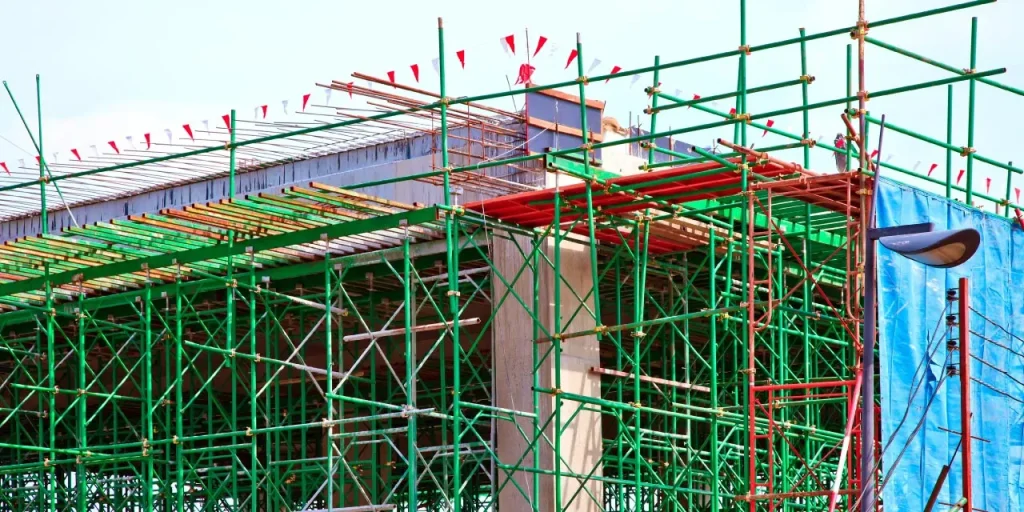
Structural strengthening of existing buildings is a critical practice in the construction industry that enhances safety, durability, and structural integrity. It involves the addition of new structural elements or upgrades to existing ones to increase the capacity of the building to withstand external loads, natural disasters, and other environmental factors.
Why is Structural Strengthening Important?
Structural strengthening is crucial for various reasons, including:
Safety: The safety of a building is compromised when its structural integrity is compromised, posing risks of collapse or damage that can endanger the lives of occupants and passers-by. Through structural strengthening measures, buildings can be fortified to withstand natural disasters like earthquakes, hurricanes, and floods, mitigating the risk of fatalities and injuries.
Durability: Strengthening of structures enhances the durability of the building, prolonging its lifespan and reducing maintenance costs.
Compliance: Buildings that do not meet the required safety standards may be subject to legal action or closure by regulatory authorities. Structural strengthening ensures that the building complies with the relevant codes and regulations, avoiding any potential legal repercussions.
Aesthetics: Structural strengthening can also improve the aesthetic appeal of a building, increasing its market value and attracting potential tenants or buyers.
Cost-Effective: Strengthening of structures is a cost-effective alternative to demolition and reconstruction of a building. It prolongs the lifespan of the building and reduces maintenance costs, making it an attractive option for property owners.
Methods of structural strengthening
Several methods are used in the construction industry for the structural strengthening of buildings. Some of those are:
Concrete Jacketing: Concrete jacketing involves the application of a new layer of concrete to the existing structure, providing additional support and increasing the load-carrying capacity. This method is suitable for buildings that require increased shear and flexural strength.
Carbon Fiber Reinforced Polymer (CFRP): CFRP is a high-strength material that is used to strengthen existing concrete, masonry, and steel structures. It is lightweight and easy to apply, making it an attractive option for buildings that require strengthening in hard-to-reach areas.
Steel Plate Bonding: Steel plate bonding involves the application of steel plates to the existing structure using an epoxy resin adhesive. This method is suitable for buildings that require increased tensile and compressive strength.
External Post-Tensioning: External post-tensioning involves the application of high-strength steel cables to the exterior of the building, providing additional support and increasing the load-carrying capacity. This method is suitable for buildings that require increased flexural strength.
Structural Strengthening with Inkel: Our Commitment to Excellence
At INKEL, we take pride in our commitment to innovation, sustainability, and embracing state-of-the-art technologies in all our projects. Our firm fully recognizes the importance of protecting the global ecosystem, minimizing our environmental footprint and reducing the use of natural resources by offering and encouraging business solutions in ways that support responsible and sustainable development. We have developed solutions to assist clients in managing and mitigating risk on large infrastructure projects. One such approach is the structural strengthening of existing buildings, which found application in the project for strengthening of existing imageology services block at Trivandrum Medical college under implementation with INKEL Ltd.

+91 484-2978101 (09:30 AM – 5:30 PM)
Designed by